Michael Rockefeller, born into the infamous Rockefeller family, chose a path very different from that of his forefathers.
The Rockefellers, starting with his great-grandfather John D. Rockefeller had established a dynasty through the colossal Standard Oil company which cemented the family name as a symbol of corporate might and wealth.
To the world, they were the embodiment of the American Dream.


Despite being born into a family of businessmen and oil tycoons, Michael pursued interests far removed from the corporate boardrooms and hollow mansions that characterized his family.
Instead of capitalism, Michael Rockefeller was drawn to the world of cultural anthropology.
In 1961, drawn by his passion for anthropology and indigenous art, Michael ventured into the remote and rugged terrain of New Guinea. His mission was to collect and document the unique art and culture of the indigenous tribes.
However, the quest took an unexpected turn when during the expedition Michael mysteriously vanished.
Despite the many searches that have come up empty handed, what happened to Michael Rockefeller remains one of the strangest unsolved mysteries of the 20th century.
Who Were The Rockefellers?
It all began with John D. Rockefeller, who established himself as a titan of the oil industry.
In the 1870s the industrial revolution was taking off and the demand for kerosene and oil was skyrocketing. Rockefeller made his initial fortune through savvy business practices and investments in the booming oil industry.
Then, through meticulous planning and strategic alliances, he systematically acquired rival refineries and optimized the production processes.
Fastforward over the next several decades, Rockefeller and his associates acquired and consolidated a vast portion of the U.S. oil industry under Standard Oil.
This consolidation allowed Rockefeller to control a huge share of the oil market, which he used to negotiate better rates with railroads and to undercut competitors, effectively dominating the oil industry in the 19th century.
The Standard Oil Company made Rockefeller a very rich man, in fact, the richest man in America. By 1916, he had become the world’s first billionaire and most likely the wealthiest man in modern history.
For many generations after that, the Rockefellers have expanded their influence. In addition to petroleum, they have made their mark on American politics, philanthropy and the arts.
Michael Rockefeller
It was into this family legacy that Michael Rockefeller was born on May 18, 1938. As the fifth child of New York Governor Nelson A. Rockefeller and great-grandson of John D. Rockefeller, Michael had to follow in some pretty big footsteps.
Michael was educated at the prestigious Harvard University and graduated in 1960 with a degree in history and economics.
However, unlike most of his family members, who gravitated toward careers in business or politics, Michael was more interested in anthropology and the arts. This led him to participate in a Harvard Anthropological expedition to study the Dani tribe in the highlands of New Guinea.
Expedition To New Guinea
At the time of the expedition in 1961, New Guinea was a mostly unexplored island and offered a unique opportunity to document and observe cultures that had not yet made contact with the outside world.
Michael was eager to study the lives and customs of the Asmat people. His goal was to bring back knowledge and artifacts to help Western audiences understand and appreciate a culture very different from their own.
After graduating from Harvard he joined an expedition organized by the Peabody Museum of Harvard University.

The expedition included a team of researchers, among them was Dutch anthropologist René Wassing and several local guides and translators who helped them navigate the river systems of the region and communicate with the local tribespeople.
Michael’s background in cultural anthropology had given him a deep respect for other cultures. He would ask permission and engage with local leaders to ensure that his work was conducted in a culturally sensitive manner.
This not only fostered a collaborative environment but also built trust between Michael and the indigenous tribes.
The Disappearance Of Michael Rockefeller
The region of New Guinea that Michael was in was known for its vast wetlands and dense mangrove forests. The countless rivers and tributaries that meander through the jungle create a labyrinthine network of waterways.
The waterlogged soil and thick, impenetrable vegetation can make navigation both on foot and by boat nearly impossible without knowledge of the terrain.
In November 1961, Michael and René Wassing set out on an art collecting expedition in this swampy and remote region of southern New Guinea. Aided by local guides, they set sail on a catamaran.
What happened next is still a mystery but somehow, the boat capsized, spilling everyone into the water.
The details that led up to the capsizing of Michael Rockefeller’s catamaran are not well-documented, but there are several plausible theories:
Overloaded Boat: The catamaran might have been overloaded with artifacts, supplies, and equipment, making it more susceptible to capsizing.
Weather Conditions: Sudden changes in weather, such as strong winds or heavy rains, are common in the Asmat region. These conditions can create rough waters that can easily capsize a small boat.
Navigational Challenges: The swampy waters of the Asmat region are filled with hidden obstacles like underwater logs, sand bars, and strong, shifting currents.
After the accident, Michael and Wassing found themselves stranded and clinging to the boat. They both knew that in such a remote and inhospitable environment, they would not survive long.
Micheal decided he would rather go for help than risk waiting for someone to find them. That meant swimming and walking through ten miles of shallow waters, mudflats, and dense vegetation.
Wassing, thinking that Michael was crazy, chose to stay with the boat. He was the last person to see Michael alive as he watched him swim into the mangroves.
The Search For Michael Rockefeller
After the expedition failed to show up at their destination, the authorities were alerted. Rescue teams searched the area for days and Wassing was eventually found by a search party. Michael, on the other hand, could not be found.
His family, refusing to simply wait and hope, poured tons of money into search operations. Helicopters, boats, and ground teams combed the jungles and coastlines of New Guinea for two weeks in a desperate search to find any trace of Michael but none was ever found.

The mysterious disappearance of Michael Rockefeller has given rise to a variety of theories about what happened to him.
1. Drowning: The most straightforward theory is that Michael drowned while attempting to swim to shore. This is supported by the harsh conditions he faced, including strong currents and challenging waters. However, no conclusive evidence, such as a body, was ever found.
2. Shark Attack: Given the shark-infested waters of the region, some speculate that Michael may have fallen victim to a shark attack.
3. Rescue and Subsequent Death: Another theory suggests that Michael successfully reached shore but later died, possibly from exposure, dehydration, or other natural causes while waiting for rescue in the dense jungle.
4. Integration into a Local Tribe: Some believe that Michael might have reached shore and was either taken in or captured by a local tribe. There have been unconfirmed reports and rumors that he lived among the indigenous people for a while. This theory is fueled by occasional sightings reported over the years, but of course, there is no proof of this.
5. Foul Play: A more controversial theory involves foul play, where it is speculated that Michael may have been killed by local tribesmen. This theory gained some traction after a Dutch missionary and a journalist reported that the Asmat tribes, known for their complex headhunting and revenge practices, might have killed him. This was allegedly confirmed through conversations with tribe members years later, although these accounts remain unverified.
Analysis Of Evidence
The evidence supporting each of these theories is largely circumstantial or based on secondhand accounts. The lack of physical proof, such as a body or personal belongings, complicates efforts to confirm any single theory definitively.
The remote and inaccessible nature of the area where he disappeared makes investigations difficult. What is known is that he was never heard from again and the harsh remote conditions of the area he was last seen makes finding a body impossible.
Decades after he vanished into the jungles of New Guinea, the mystery of the disappearance of Michael Rockefeller still remains an unsolved mystery. Even after his family poured all the money in the world into search efforts, no evidence of Michael has ever been found.
Whatever happened to him, his story is a cautionary tale of what can happen when we travel into dangerous and unknown regions. It highlights the importance of cultural sensitivity when attempting to study humans who have never made contact with the outside world.
It also reminds us that no matter how prepared we think we are, Mother Nature can be unpredictable.
Sources
https://www.papuaerfgoed.org/en/theme/disappearance-michael-rockefeller
https://www.cbsnews.com/news/unraveling-the-disappearance-of-michael-rockefeller
https://www.smithsonianmag.com/history/What-Really-Happened-to-Michael-Rockefeller-180949813
https://www.wbur.org/hereandnow/2014/10/28/michael-rockefeller-savage-harvest


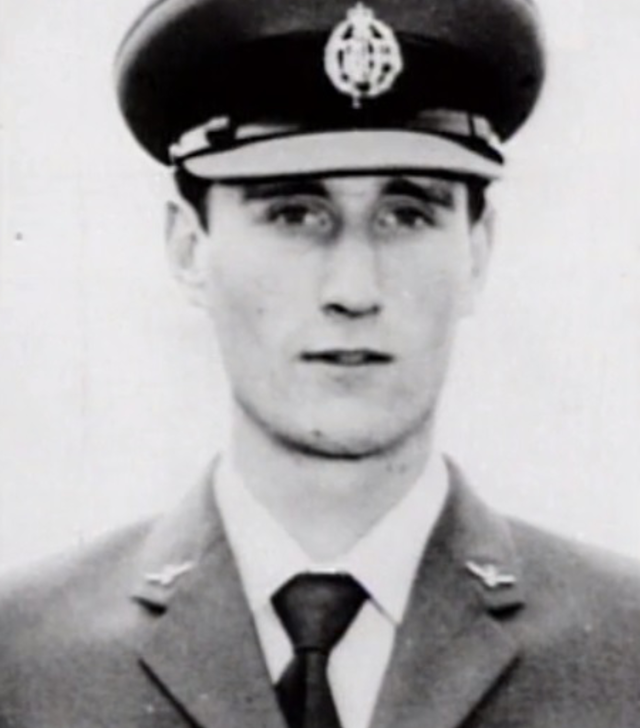


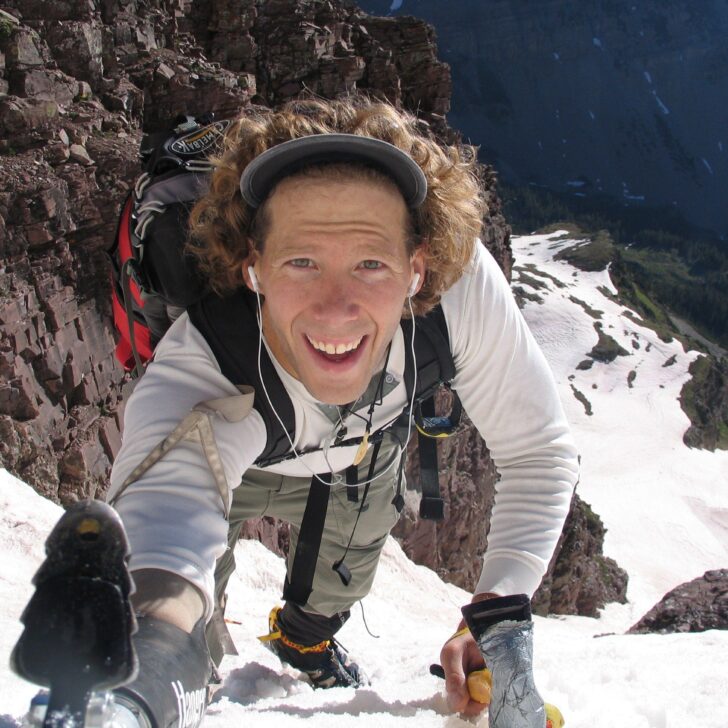
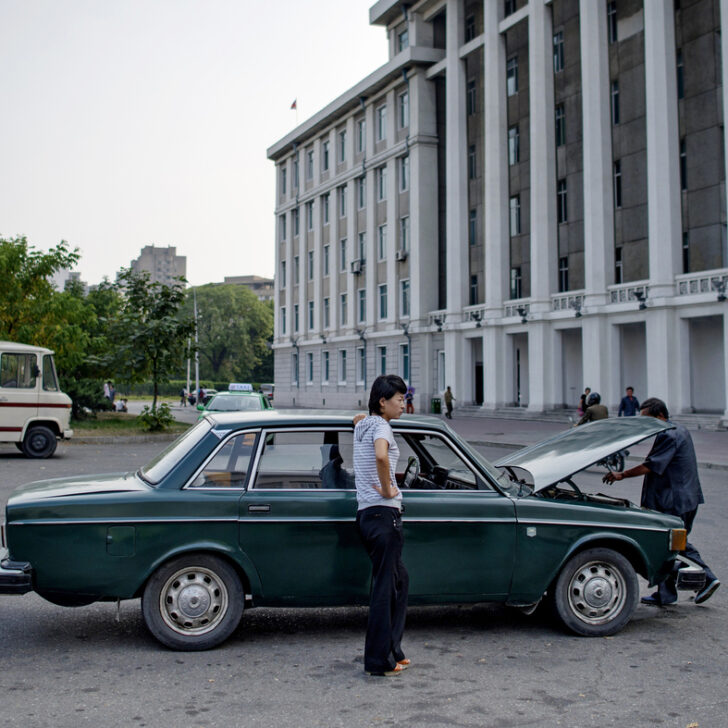


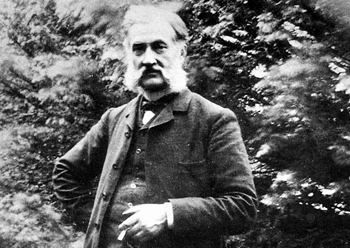

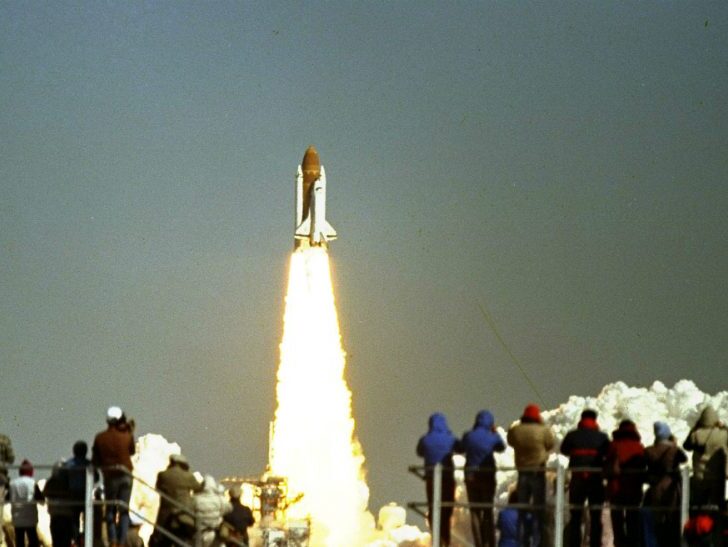

Leave a comment